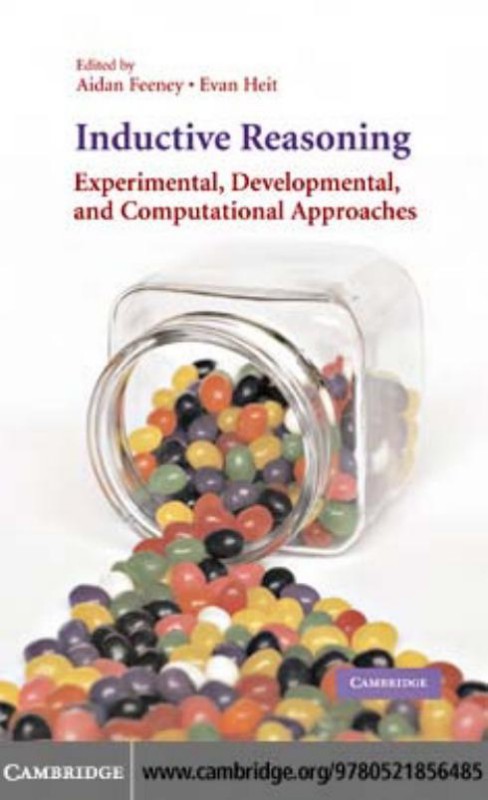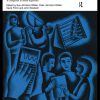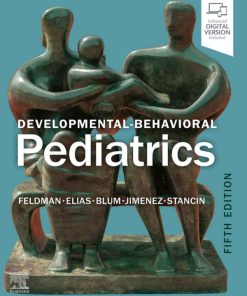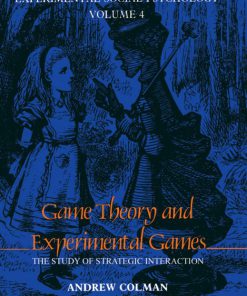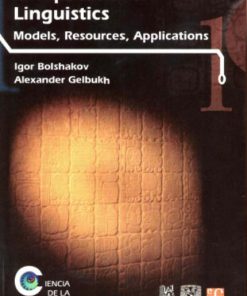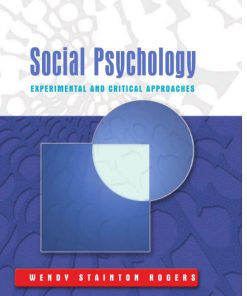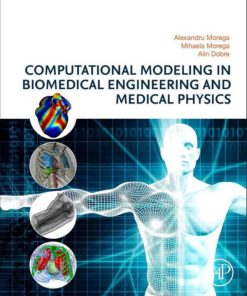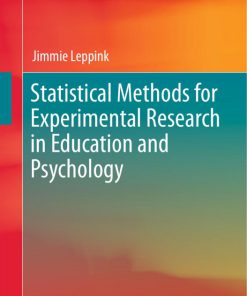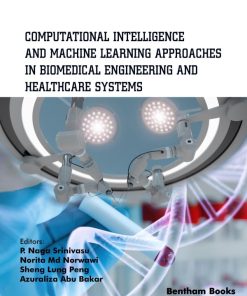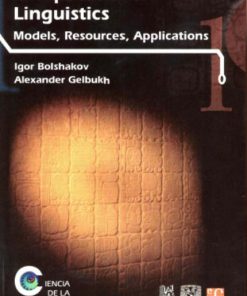(Ebook PDF) Inductive Reasoning Experimental Developmental and Computational Approaches 1st edition by Aidan Feeney 0511340095 9780511340093 full chapters
$50.00 Original price was: $50.00.$25.00Current price is: $25.00.
Authors:AIDAN FEENEY; EVAN HEIT (edt) , Series:Psychology [218] , Tags:Computers / Computer Science Philosophy / General Psychology / Cognitive Psychology & Cognition , Author sort:FEENEY, AIDAN & HEIT, EVAN , Languages:Languages:eng , Published:Published:Jul 2007 , Publisher:CAMBRIDGE UNIVERSITY PRESS , Comments:
Inductive Reasoning: Experimental, Developmental, and Computational Approaches 1st edition by Aidan Feeney – Ebook PDF Instant Download/DeliveryISBN: 0511340095, 9780511340093
Full download Inductive Reasoning: Experimental, Developmental, and Computational Approaches 1st edition after payment.
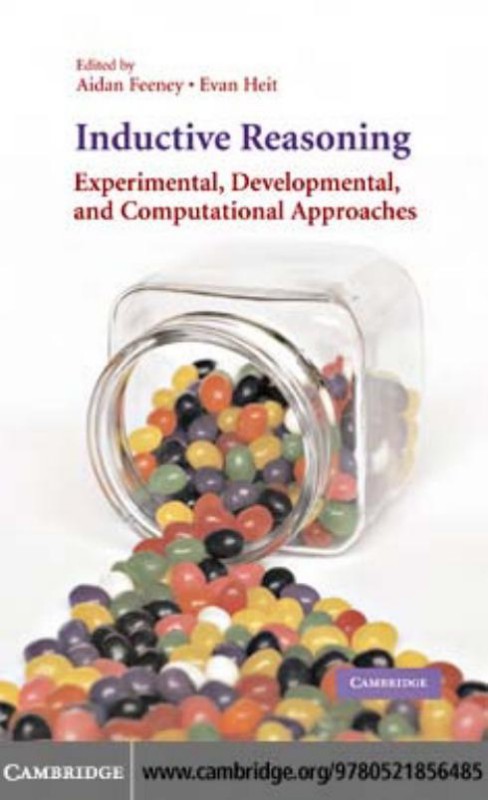
Product details:
ISBN-10 : 0511340095
ISBN-13 : 9780511340093
Author : Aidan Feeney
Without inductive reasoning, we couldn’t generalize from one instance to another, derive scientific hypotheses, or predict that the sun will rise again tomorrow morning. Despite the widespread nature of inductive reasoning, books on this topic are rare. Indeed, this is the first book on the psychology of inductive reasoning in twenty years. The chapters survey recent advances in the study of inductive reasoning and address questions about how it develops, the role of knowledge in induction, how best to model people’s reasoning, and how induction relates to other forms of thinking. Written by experts in philosophy, developmental science, cognitive psychology, and computational modeling, the contributions here will be of interest to a general cognitive science audience as well as to those with a more specialized interest in the study of thinking.
Inductive Reasoning: Experimental, Developmental, and Computational Approaches 1st Table of contents:
1 What Is Induction and Why Study It?
How is induction related to deductiion?
The Problem View
The Process View
Approaches to studying induction: the case of the diversity principle
The Historical Approach
The Philosophical/Normative Approach
The Experimental Approach
The Developmental Approach
The Model-Based Approach
Conclusion
References
2 The Development of Inductive Reasoning
I. Principles that guide children’s inductive inferences
Perceptual Similarity
Taxonomic Relations
Hierarchical Relations
Relations Involving Multiple Premises: Diversity and Monotonicity
Property Knowledge
Causal Relations
Summary and Discussion
II. Implications for theories of induction
The Similarity-Coverage Model (SCM)
Feature-Based Induction Model (FBI)
Similarity, Induction, Naming, and Categorization (SINC)
Bayesian Models
Relevance Theory
Summary and Discussion
III. What develops in inductive reasoning?
Early Acquisition of Inductive Potential
Are There Developmental Changes in Inductive Processes?
IV. Concluding comments
Acknowledgments
References
3 Interpreting Asymmetries of Projection in Children’s Inductive Reasoning
I. Introduction
II. Asymmetries in category-based induction
III. Alternative interpretations of asymmetries
A. Typicality Effects
B. Knowledge and Experience Effects
C. Distinctive Categories and Features of the Target
IV. Broadening the view: analyzing a wider range of categories
A. Cautionary Notes in Comparing across Studies and Populations
B. Additional Asymmetries Help to Constrain the Alternative Theories
C. Bringing the Evidence from CBI to Bear on the Theoretical Alternatives
D. BringingMore Evidence to Bear: Justification Data
E. Summary
V. Implications
References
4 Property Generalization as Causal Reasoning
Property generalization as causal reasoning
Research with Background Causal Knowledge
Research with Experimentally-Provided Causal Knowledge
When causality and similarity compete in property generalization
Research with Background Causal Knowledge
Research with Experimentally Provided Causal Knowledge
Property generalization and category coherence
Research with Background Causal Knowledge
Research with Experimentally Provided Causal Knowledge
Discussion
References
5 Availability in Category-Based Induction
Availability in category-based induction
Context-Based Changes in Availability
Availability, Experience, and Default Domain Knowledge
Summary: Availability in Category-Based Induction
Connections and extensions
Availability in Action
References
6 From Similarity to Chance
1. Similarity and inference
1.1 The Property Problem
1.2 Towards Non-Blank butManageable Predicates
1.3 Theoretical Goals
2. A theory of elementary arguments
2.1 Qualitative Requirements: The One-Premise Case
2.2 Qualitative Requirements: The Two-Premise Case
2.3 Formulas for One-Premise Arguments
2.4 Formulas for Two-Premise Arguments
3. Experimental test of the theory
3.1 Stimuli and Procedure
3.2 Results
3.3 Second Test of the Model
4. Extensions of gap2
5. Constructing joint probability distributions using similarity
5.1 Subjective Probability
5.2 Overview of the Algorithm
5.3 The Function f
5.4 Test of the Algorithm QPf
5.5 Results
5.6 Application to the Design of Autonomous Intelligent Agents
6. Concluding remarks
Acknowledgments
References
7 Theory-Based Bayesian Models of Inductive Reasoning
1. Introduction
2. Property induction
3. Previous models
3.1 Similarity-Coverage Model
3.2 Feature-Based Models
3.3 A Bayesian Analysis
4. The theory-based bayesian framework
4.1 The Bayesian Inference Engine
4.2 Theory-Based Priors
5. Testing the models of property induction
5.1 Reasoning about Generic Biological Properties
5.2 Reasoning about Causally Transmitted Properties
6. The generality of bayesian models of induction
7. Conclusions and open questions
Acknowledgments
References
8 Use of Single or Multiple Categories in Category-Based Induction
The basic framework: how categories should be used in induction
Evidence from Natural Categories
Evidence from Artificial Categories
Explanations of the use of single categories
Cross-classification
Recent bayesian approaches
Conclusion
Author’s note
References
9 Abductive Inference: From Philosophical Analysis to Neural Mechanisms
1. What is abduction?
2. Abduction in philosophy, artificial intelligence, and psychology
3. Neural structures
4. Explanation and causality
5. Inference
6. Emotional initiation
7. Mechanisms
8. Conclusion
Acknowledgments
References
10 Mathematical Induction and Induction in Mathematics
Mathematical induction and universal generalization
Worry Number 1: The Justification of (IAx)
Worry Number 2: The Justification of (UG)
Induction in mathematics
Algebra
Geometry
Implications
Summary and conclusion
References
11 Induction, Deduction, and Argument Strength in Human Reasoning and Argumentation
1. Two systems of reasoning
1.1 Deductively Incorrect and Inductively Strong Arguments
1.2 Deductively Correct and Inductively Weak Arguments
2. Conditional inference
2.1 Inferential Asymmetries and Inductive Processes in “Deductive” Reasoning
2.2 Measures of Argument Strength Applied to Conditional Inference
3. Argument strength and informal reasoning fallacies
3.1 The Argument from Ignorance
4. Conclusions
References
12 Individual Differences, Dual Processes, and Induction
Dual-process theories of thinking
Individual differences in cognitive ability and thinking
Individual differences and induction: the case of diversity
The Normative Argument for Diversity
Dual-Process Predictions
Some Recent Evidence
Interpreting the Data
Other applications of the approach
Normative Issues
The Relationship between Induction and Deduction
Conclusions
Author note
References
13 Taxonomizing Induction
1. The prevalence of induction
2. Is inductive reasoning one thing or many?
Normative Criteria
On Computational Models
Descriptive Models
3. Causality
4. A taxonomic proposal
People also search for Inductive Reasoning: Experimental, Developmental, and Computational Approaches 1st:
inductive reasoning psychology example
what is inductive reasoning in psychology
what is inductive reasoning in research
3 examples of inductive reasoning
inductive reasoning experiment

